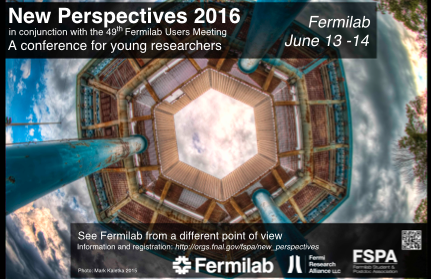Speaker
Ms
Martina Martinello
(Fermilab, IIT)
Description
The superconducting properties of niobium radio-frequency accelerating cavities are enhanced when nitrogen impurities are dissolved as interstitials in the material. I will show how the surface resistance is affected by this impurities introduction, in comparison with standard surface treatment for niobium resonators. A variety of 1.3 GHz cavities with different surface treatments (EP, BCP, 120C bake and different levels of N-doping) are studied in order to cover the largest range of interstitial impurities content achievable: from a few to thousands of nanometers of mean free path. Different contributions to the surface resistance will be presented: the BCS and the trapped flux surface resistance. We found that interstitial impurities help to lower the BCS resistance contribution, allowing for a mean free path close to the predicted minimum of BCS resistance as a function of mean free path. Also we found that the trapped flux surface resistance follows a bell-shaped trend as a function of the mean free path and that it depends on the accelerating field.
Primary author
Ms
Martina Martinello
(Fermilab, IIT)
